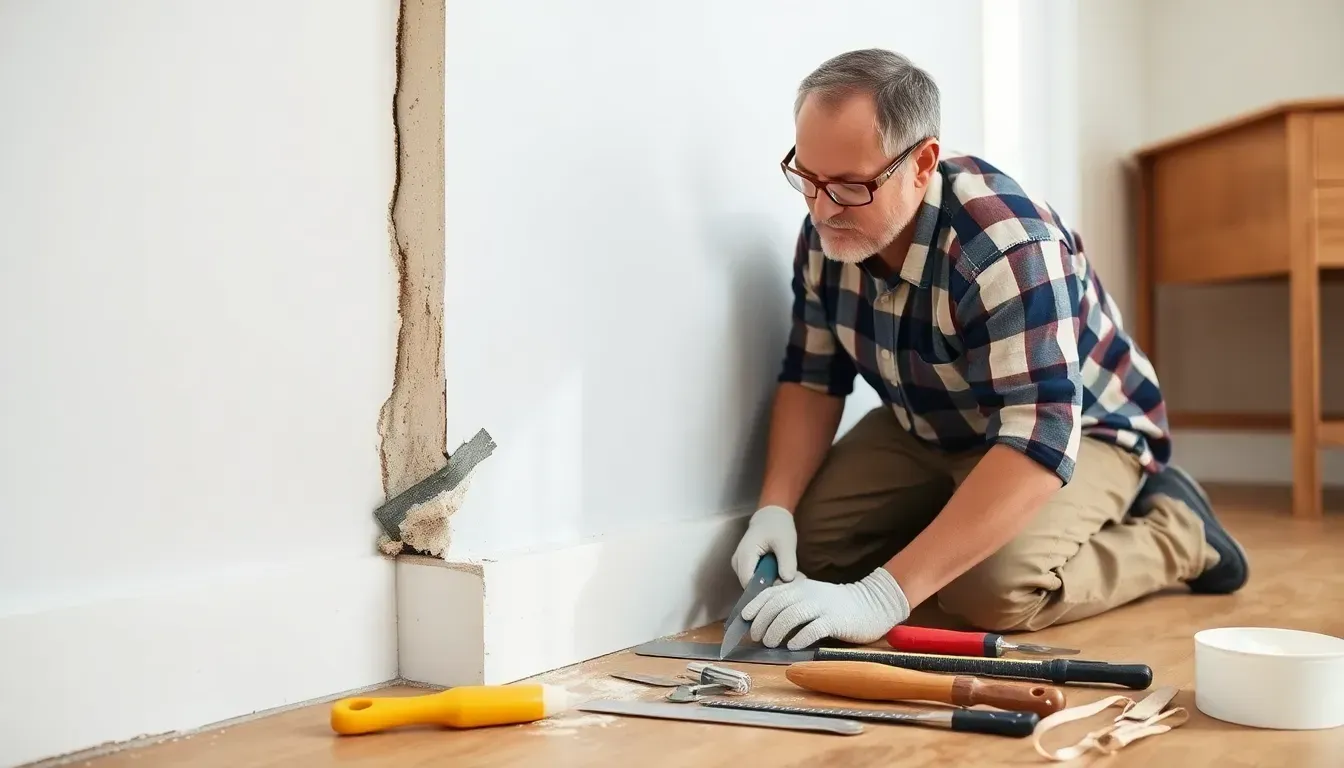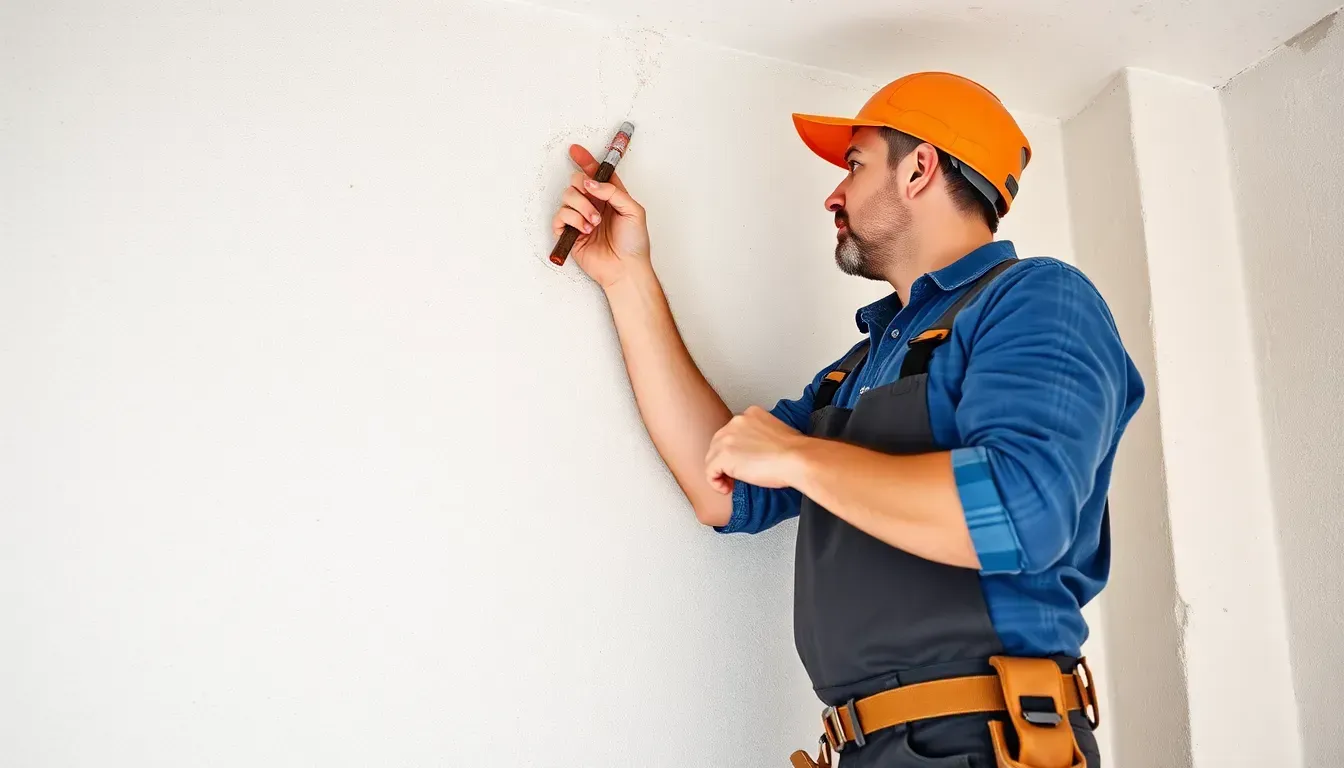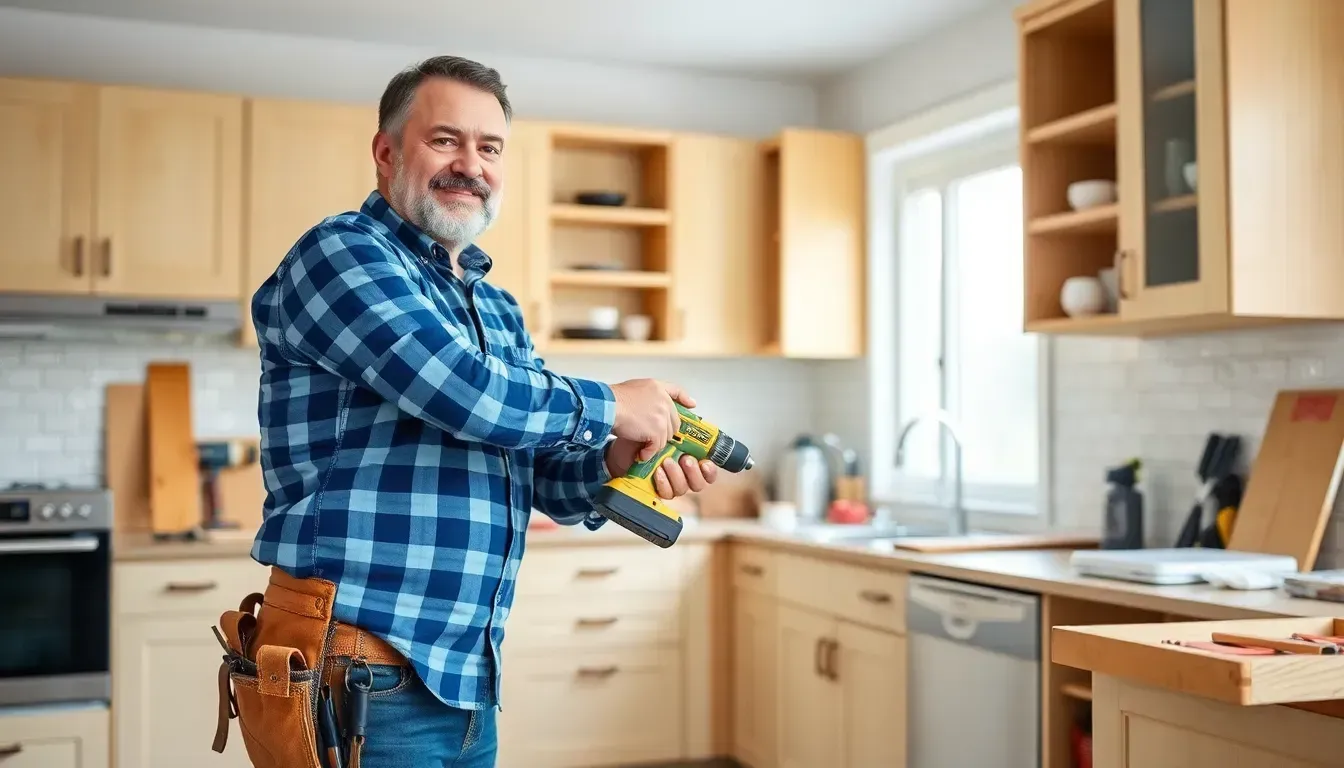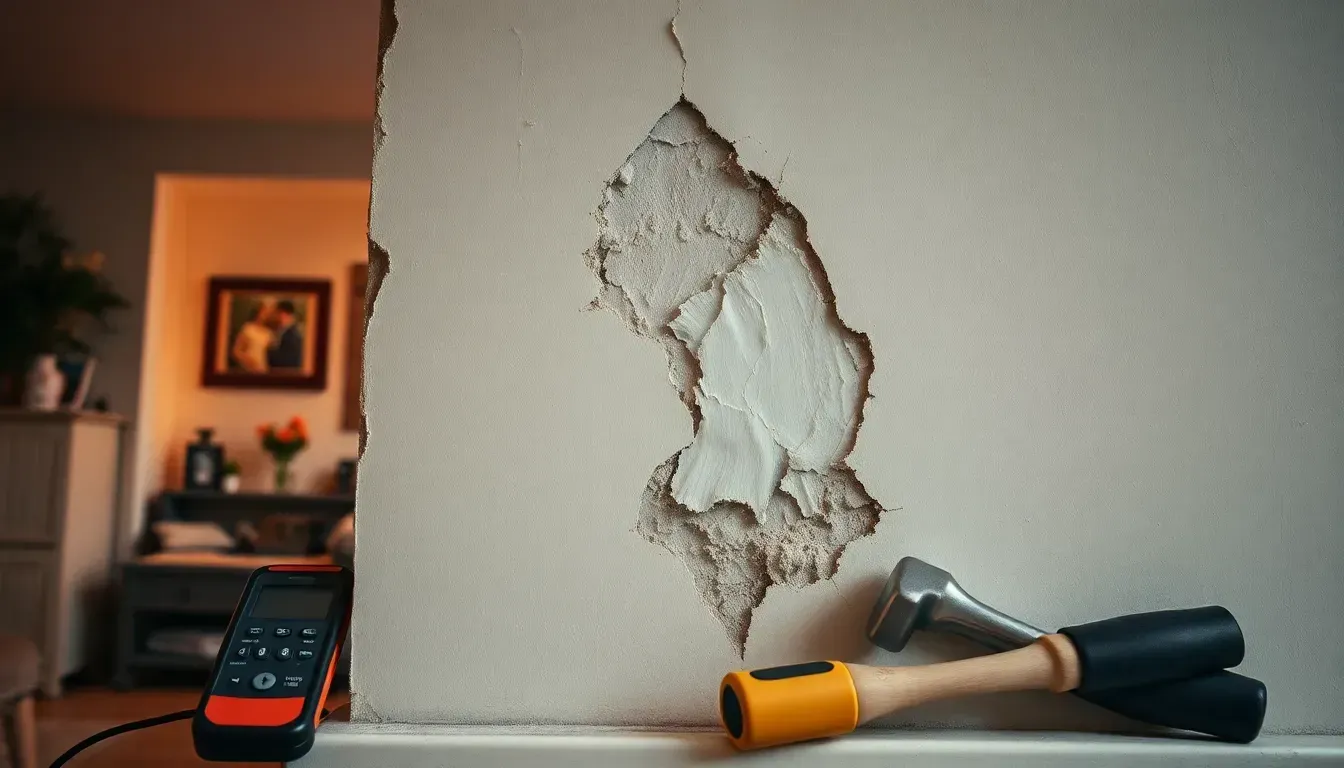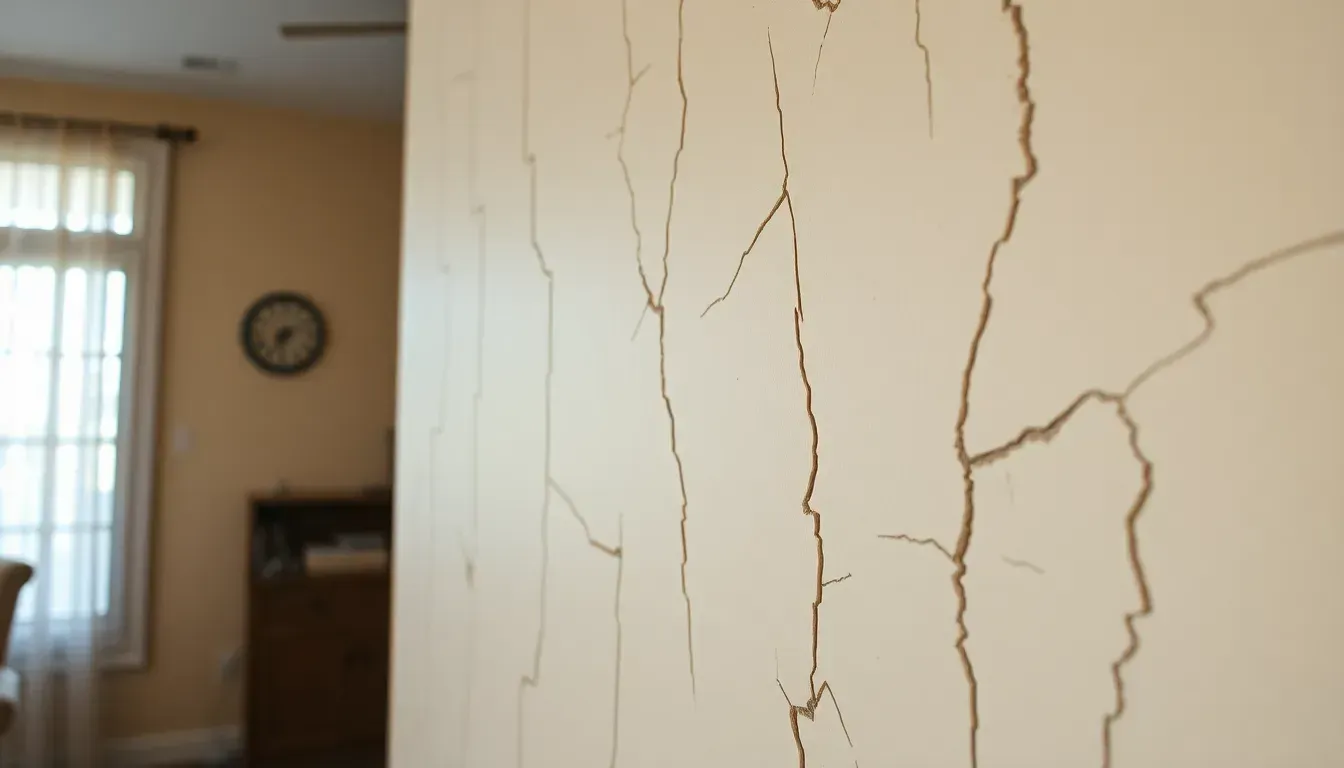Roofing Issues: Damage, Leaks, Missing Shingles Explained
- Common roofing issues: leaks, missing shingles, sagging, mold.
- Signs include water spots, curled shingles, and debris in gutters.
- Causes: high winds, heavy rain, aging materials, poor installation.
- Fix roof leaks by identifying the source and using a quality sealer.
- Address missing shingles promptly; hire professionals if unsure.
- Preventive measures: bi-annual inspections, gutter cleaning, tree trimming, proper ventilation.
- Repair costs: minor fixes $150-$400; major damage several thousand.
- Insurance tips: check coverage for wind damage, know your deductibles, and act quickly after storms.
Is your roof quietly betraying you? In many instances, roofing issues like damage, leaks, and missing shingles can go unnoticed until significant problems arise. Understanding how to identify and address these common problems is crucial for maintaining a safe and durable property. Don't ignore the convenience of securing your roof's integrity—read on to uncover essential insights into safeguarding your home or business investment.
Identifying Common Roofing Issues: Damage, Leaks, and Missing Shingles
Spotting roofing issues early is crucial for maintaining a home's integrity. Problems like roof leaks often start with cracked flashing, broken shingles, or structural damage. Missing shingles, usually due to high winds, heavy rain, or poor materials, expose the roof to further harm. Finding these issues early can stop minor problems from becoming costly repairs.
Signs include:
- Water spots on ceilings
- Missing or curled shingles
- Debris in gutters
- Visible sagging
- Mold growth
Getting professional roof inspections is essential. Experts can find hidden problems that are not obvious to homeowners.
Causes of Roof Damage: Understanding the Triggers
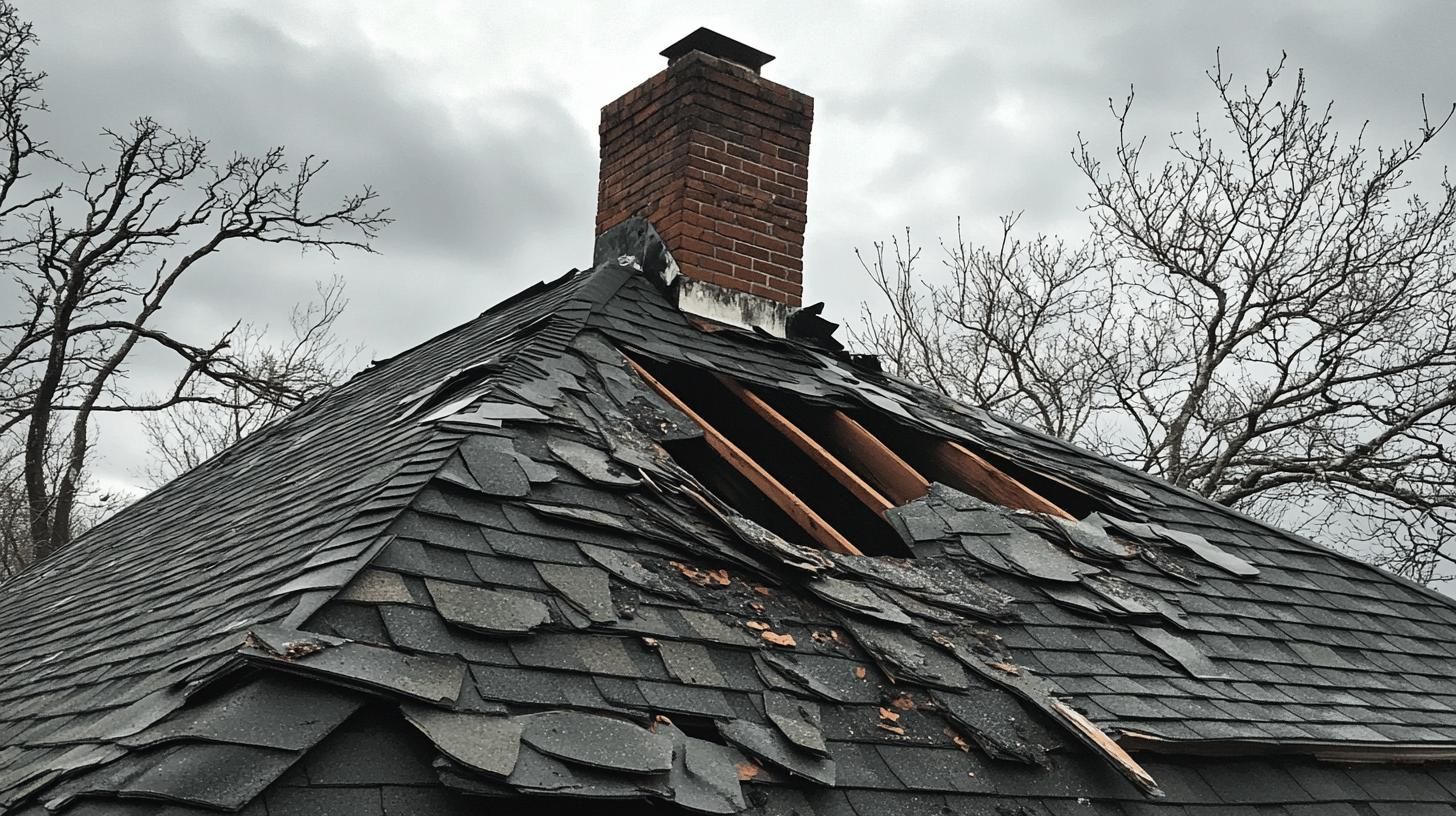
Weather is a major cause of roof damage. Common causes include:
- High winds can remove shingles, exposing what's underneath to more damage
- Heavy rain let water seep through damaged areas, causing leaks
- Hailstorms are also harmful, as they can crack or puncture shingles, flashing, and other material
- Poor installation means misaligned shingles or poor sealing, creating weak spots for weather to exploit.
- Aging materials significantly contribute to roofing problems. Over time, roofs become brittle, leading to curling or cracked shingles, which can cause leaks.
- Damaged flashing around chimneys, vents, or skylights can lead to water leaks if not sealed properly.
Repairing Roof Leaks and Addressing Missing Shingles
Finding roof leak sources can be tricky because water travels before showing up inside. Inspect areas like chimneys, vents, and skylights for water stains, mold, or damage. Quick action on these signs prevents further damage and costly repairs.
1. Repairing Roof Leaks
To fix leaks, first identify the source. Check for improperly driven nails or cracked flashing. Use a quality sealer like GSL brand 4500 to stop water. Always prioritize safety with a sturdy ladder and non-slip shoes. For big leaks, hire professionals to ensure safe and effective repairs.
2. Replacing Missing Shingles
Promptly addressing missing shingles prevents leaks and structural damage. Choose shingles matching the current roof in color and material. Correct installation is key to secure protection against elements. Professionals can ensure precise and safe installations, especially for inexperienced homeowners.
Preventive Measures and Professional Inspections

Routine maintenance extends a roof's life and avoids expensive damages. Regular inspections reveal vulnerabilities like weak shingles or bad flashing, preventing major issues. Clean gutters to avoid water backup, leading to leaks.
Also, trimming branches reduces falling debris and damage. Proper attic ventilation controls moisture, preventing mold and maintaining roof structure. Timely minor repairs stop small issues from growing into big problems.
Suggestions for maintenance include:
- Bi-annual inspections
- Gutter cleaning
- Trimming trees
- Proper attic ventilation
- Timely minor repairs
Professional roof inspections provide extra security by finding issues invisible to untrained eyes. Experts can spot subtle wear signs that could become severe damage. Hiring professionals for regular inspections adds a proactive approach to roof upkeep.
Conclusion
Recognizing roofing issues like damage, leaks, and missing shingles early is critical for maintaining property integrity. Weather, aging, and installation faults often contribute to these problems. Addressing leaks and replacing shingles promptly keeps larger issues at bay. Staying proactive with roof maintenance not only ensures safety and efficiency but also enhances property value over time.
FAQ
Will my roof leak with missing shingles?
Missing shingles often expose the roof to elements, making leaks likely. Replacing shingles swiftly aids in preventing potential water damage and expensive repairs.
How urgent is missing shingles repair?
Missing shingles repair should be prioritized to prevent further damage, leaks, or increased repair costs. Professional inspection helps assess urgency and needed actions.
How long can I go with missing shingles?
Missing shingles should be replaced as soon as possible. Delaying repairs can lead to leaks, mold growth, and increased repair expenses.
What factors affect missing shingles repair cost?
Repair costs depend on the number of missing shingles, roof accessibility, and local labor rates. Consulting with a roofing professional provides accurate estimates.
Is insurance applicable for shingles blown off the roof?
Insurance frequently covers wind damage, including blown-off shingles. Reviewing the policy and consulting with the insurance company confirm coverage details.
